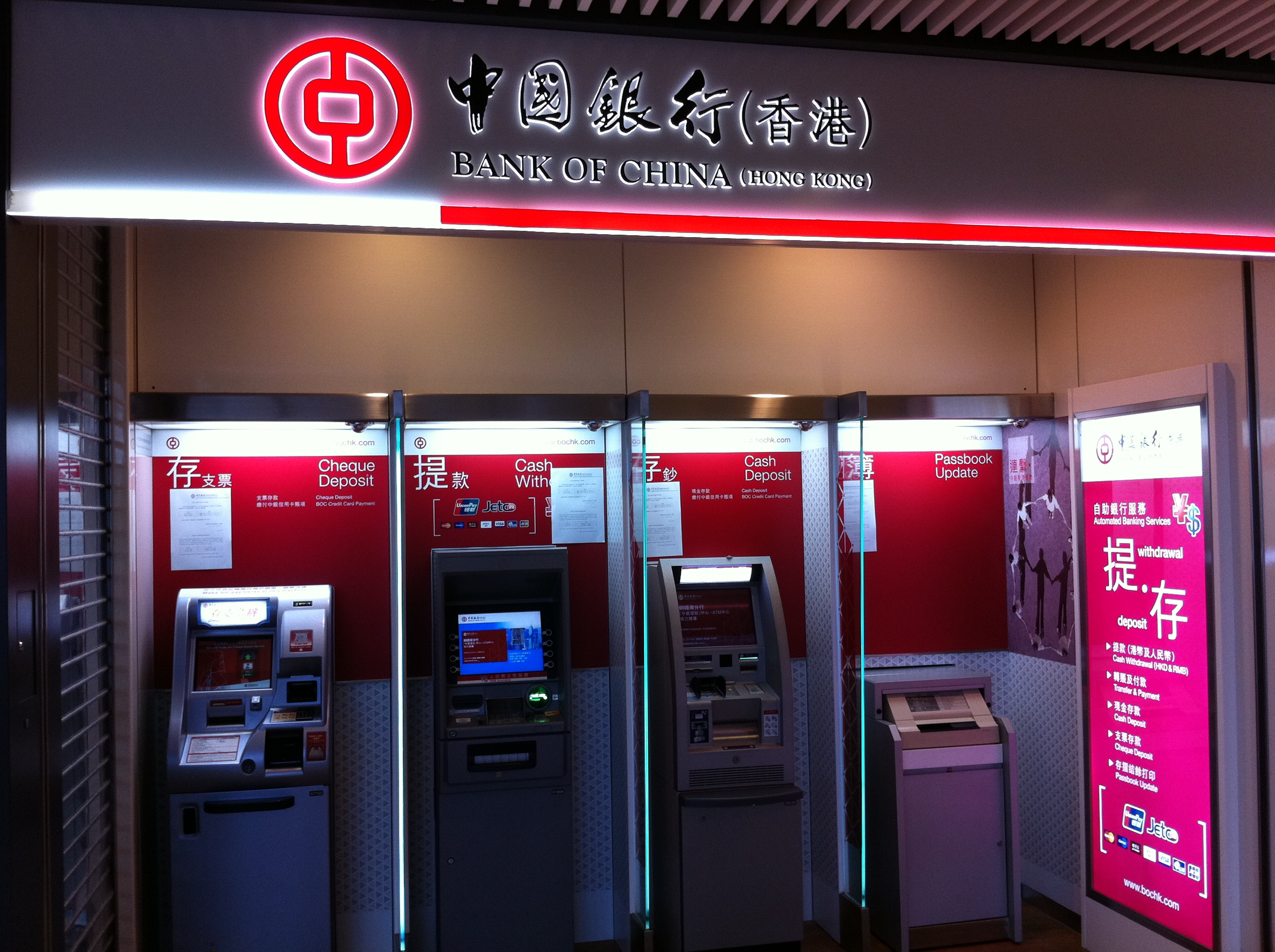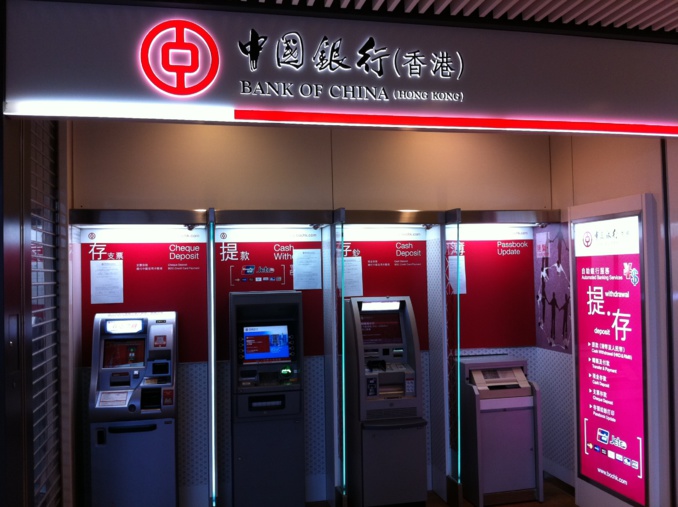The sharp increase in foreign debt in the hands of the Chinese government has turned the country into the world's largest official creditor (the US remains the leader in the total amount of loans issued), but the world itself knows almost nothing about Chinese capital exports and its global consequences. The PRC does not report on its credit assets to international organizations. Neither the IMF, nor the World Bank (WB), nor credit rating agencies take these debts into account in reports; standardized data does not exist. A group of researchers from Harvard, the University of Munich and the Institute of World Economy (IME) of the German Kiel, which published the preprint of articles in the series of the US National Bureau of Economic Research (NBER), revealed about 2 thousand loans and 3 thousand grants issued by the PRC from 1949 to 2017 totaling $ 530 billion. About 50% of lending remain in "shadow".
Unlike other major economies, almost all Chinese overseas loans and investments are issued by the Chinese government, state-owned companies, or the national bank. For developed countries and countries with medium-high income, this is about buying sovereign bonds made by the People’s Bank of China, for developing countries - direct loans from state-owned banks in China, often at market rates and with collateral in the form of oil.
According to official balance statistics, Chinese direct loans and trade loans have grown from almost zero in 1998 to more than $ 1.6 trillion (2% of global GDP) in 2018, with low and middle income countries receiving most loans. According to researchers, various Chinese structures account for a quarter of bank lending to developing countries, which makes China the largest official lender, leaving behind the IMF and the World Bank. With sovereign bonds, this amount grows to more than $ 5 trillion (6% of world GDP). Together with foreign securities and direct investments, size of the world's external financial obligations to the PRC in 2017 exceeded 8% of the world's GDP.
China’s credit expansion over the past 20 years has been caused by a no less sharp increase in the country's GDP, combined with its strategy to “go abroad” (the growth of foreign investment), being implemented since 1999.
The jump in government loans and investments is unprecedented in peacetime. It is comparable only to the growth of US foreign loans during the two world wars. Chinese loans have contributed to financing of large-scale infrastructure, energy and mining projects in more than 100 economies. At the same time, in 50 major borrowers, the amount of debt to the PRC grew on average from 1% of GDP in 2005 to more than 15% of GDP in 2017 (more than 40% of total external debt) - and this is the lowest estimate.
source: capital.de
Unlike other major economies, almost all Chinese overseas loans and investments are issued by the Chinese government, state-owned companies, or the national bank. For developed countries and countries with medium-high income, this is about buying sovereign bonds made by the People’s Bank of China, for developing countries - direct loans from state-owned banks in China, often at market rates and with collateral in the form of oil.
According to official balance statistics, Chinese direct loans and trade loans have grown from almost zero in 1998 to more than $ 1.6 trillion (2% of global GDP) in 2018, with low and middle income countries receiving most loans. According to researchers, various Chinese structures account for a quarter of bank lending to developing countries, which makes China the largest official lender, leaving behind the IMF and the World Bank. With sovereign bonds, this amount grows to more than $ 5 trillion (6% of world GDP). Together with foreign securities and direct investments, size of the world's external financial obligations to the PRC in 2017 exceeded 8% of the world's GDP.
China’s credit expansion over the past 20 years has been caused by a no less sharp increase in the country's GDP, combined with its strategy to “go abroad” (the growth of foreign investment), being implemented since 1999.
The jump in government loans and investments is unprecedented in peacetime. It is comparable only to the growth of US foreign loans during the two world wars. Chinese loans have contributed to financing of large-scale infrastructure, energy and mining projects in more than 100 economies. At the same time, in 50 major borrowers, the amount of debt to the PRC grew on average from 1% of GDP in 2005 to more than 15% of GDP in 2017 (more than 40% of total external debt) - and this is the lowest estimate.
source: capital.de



















